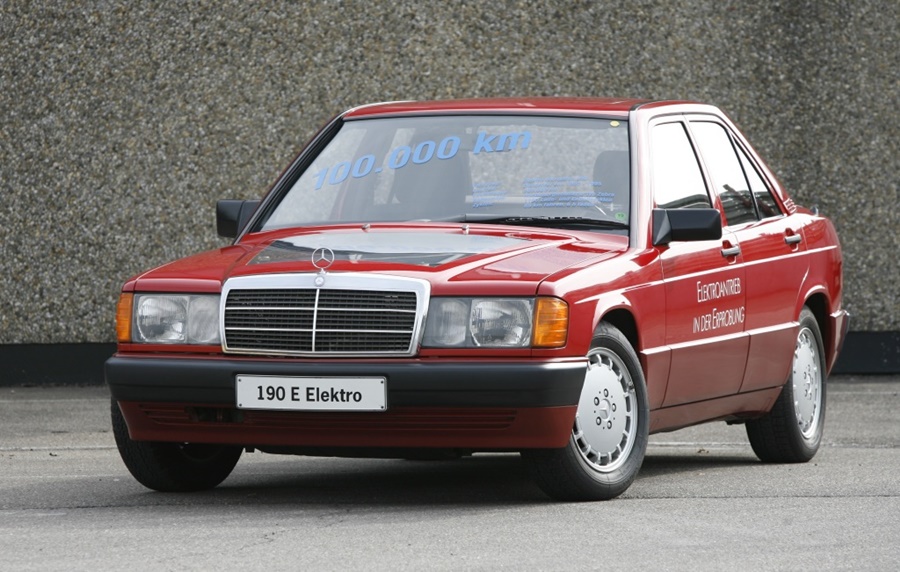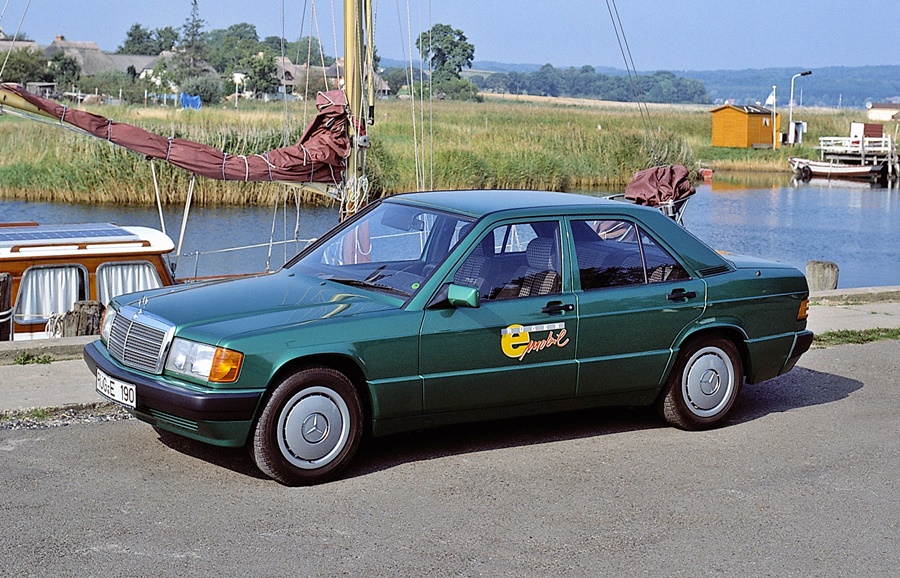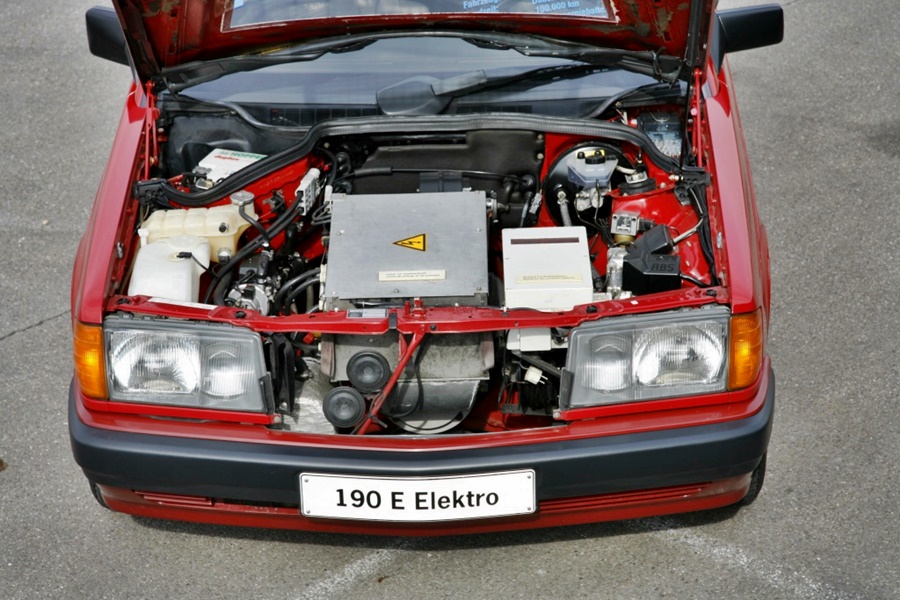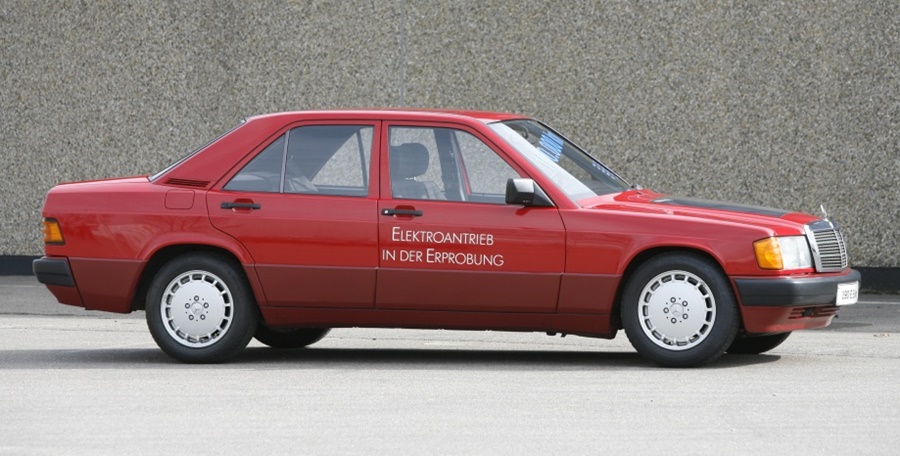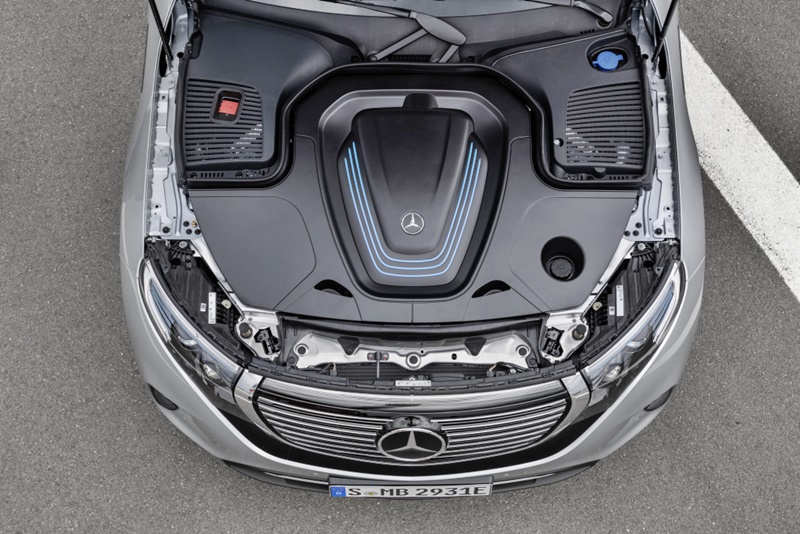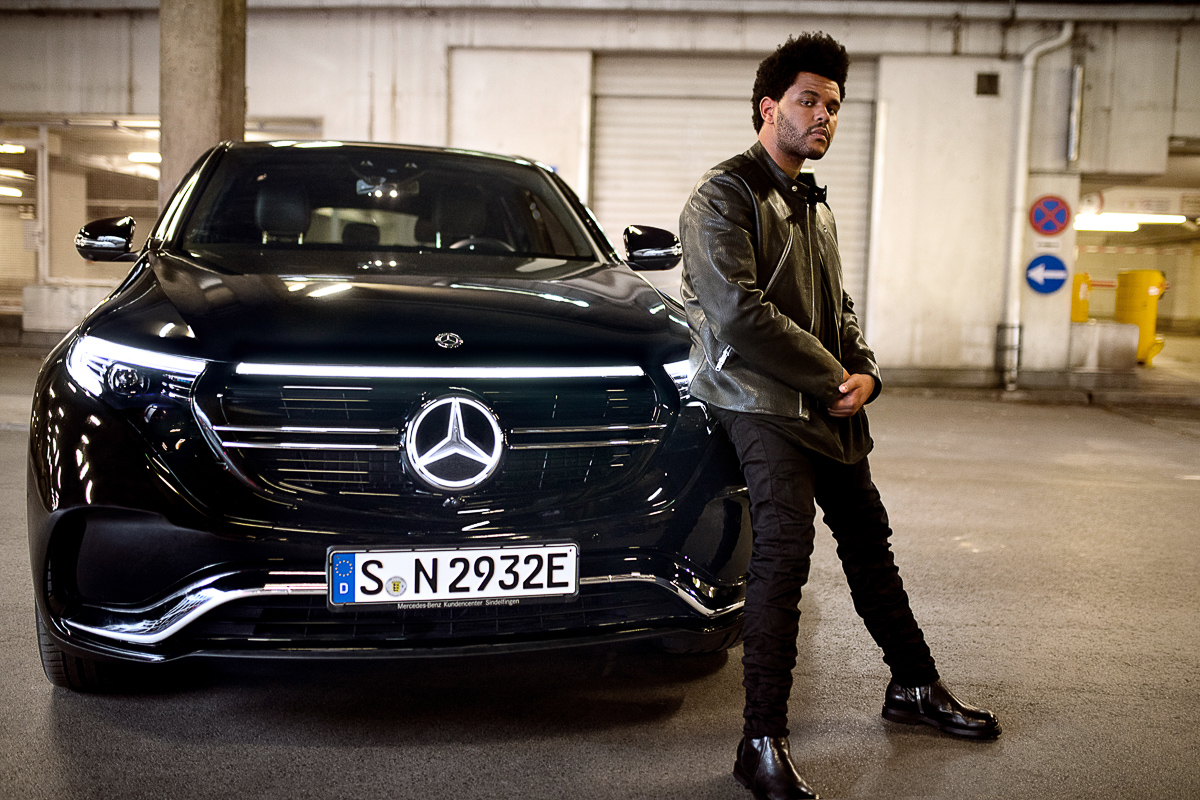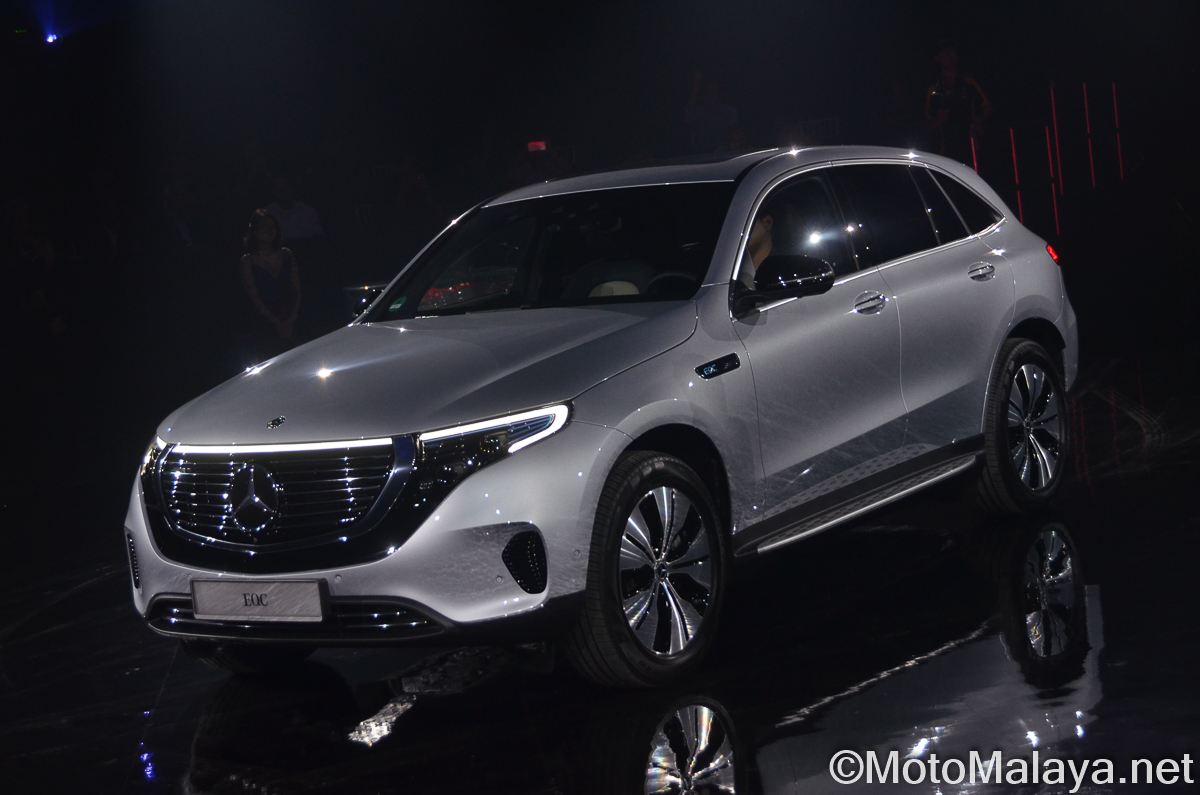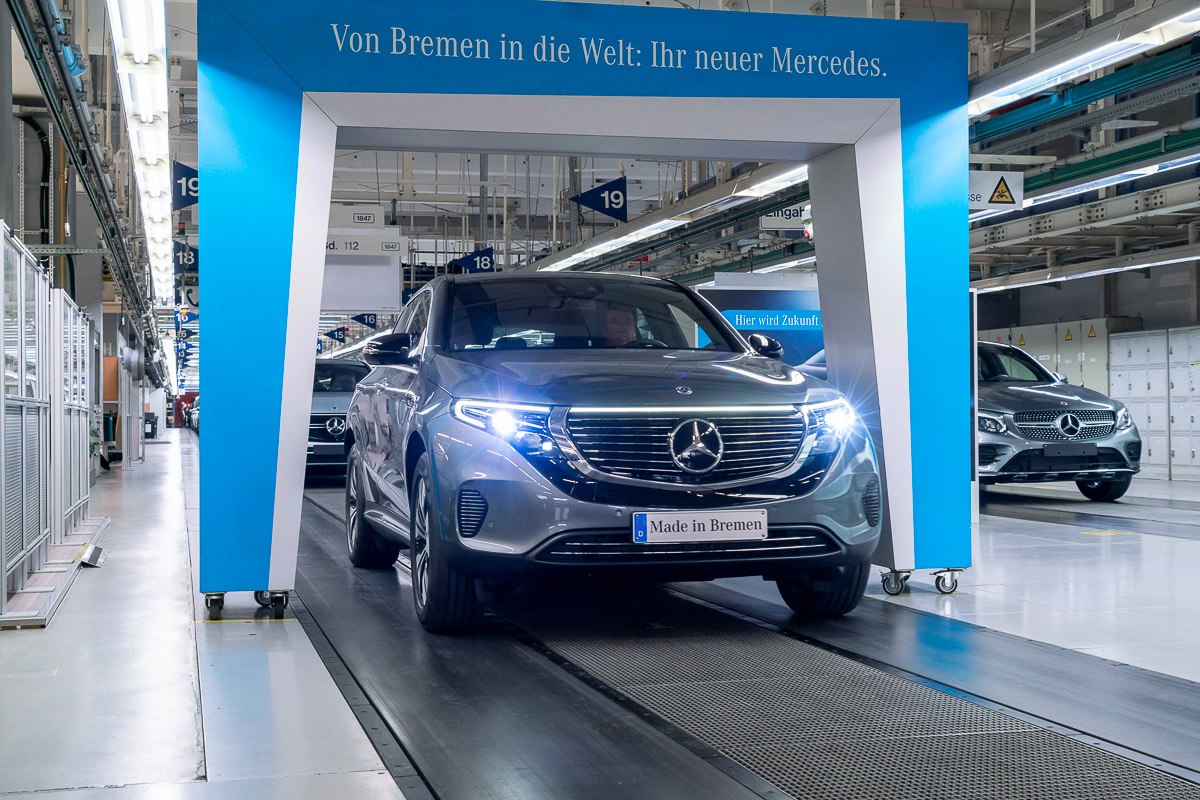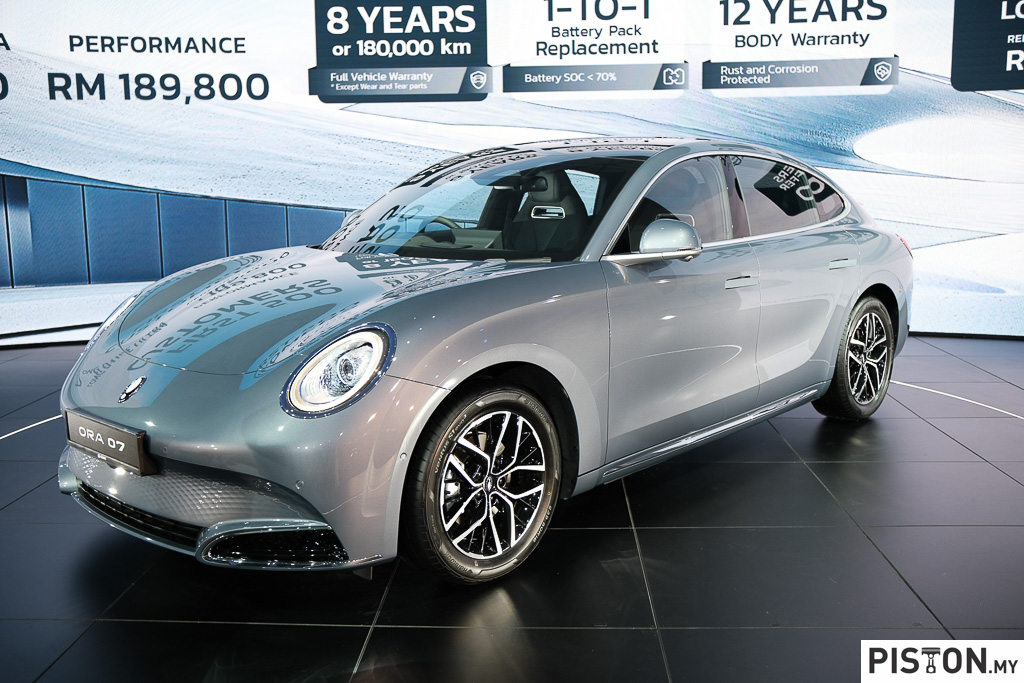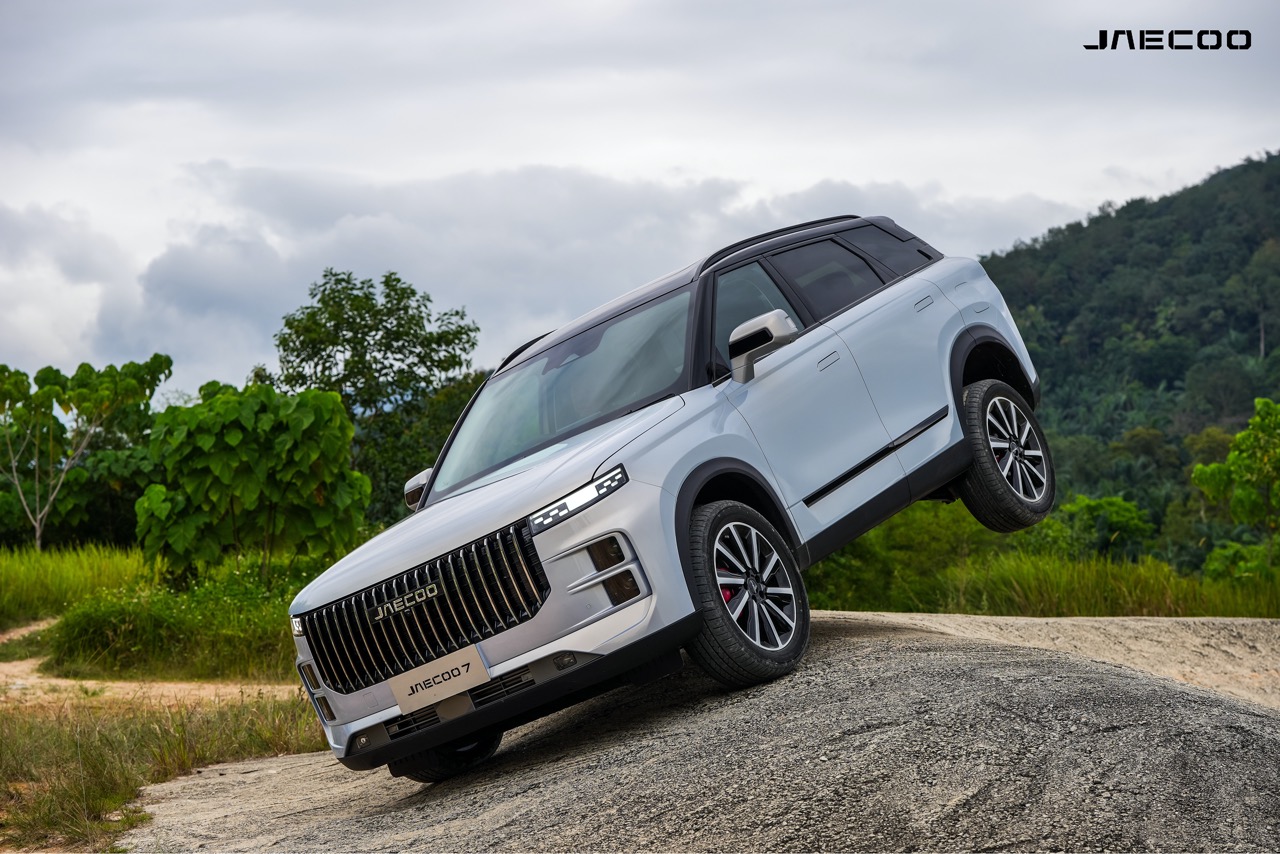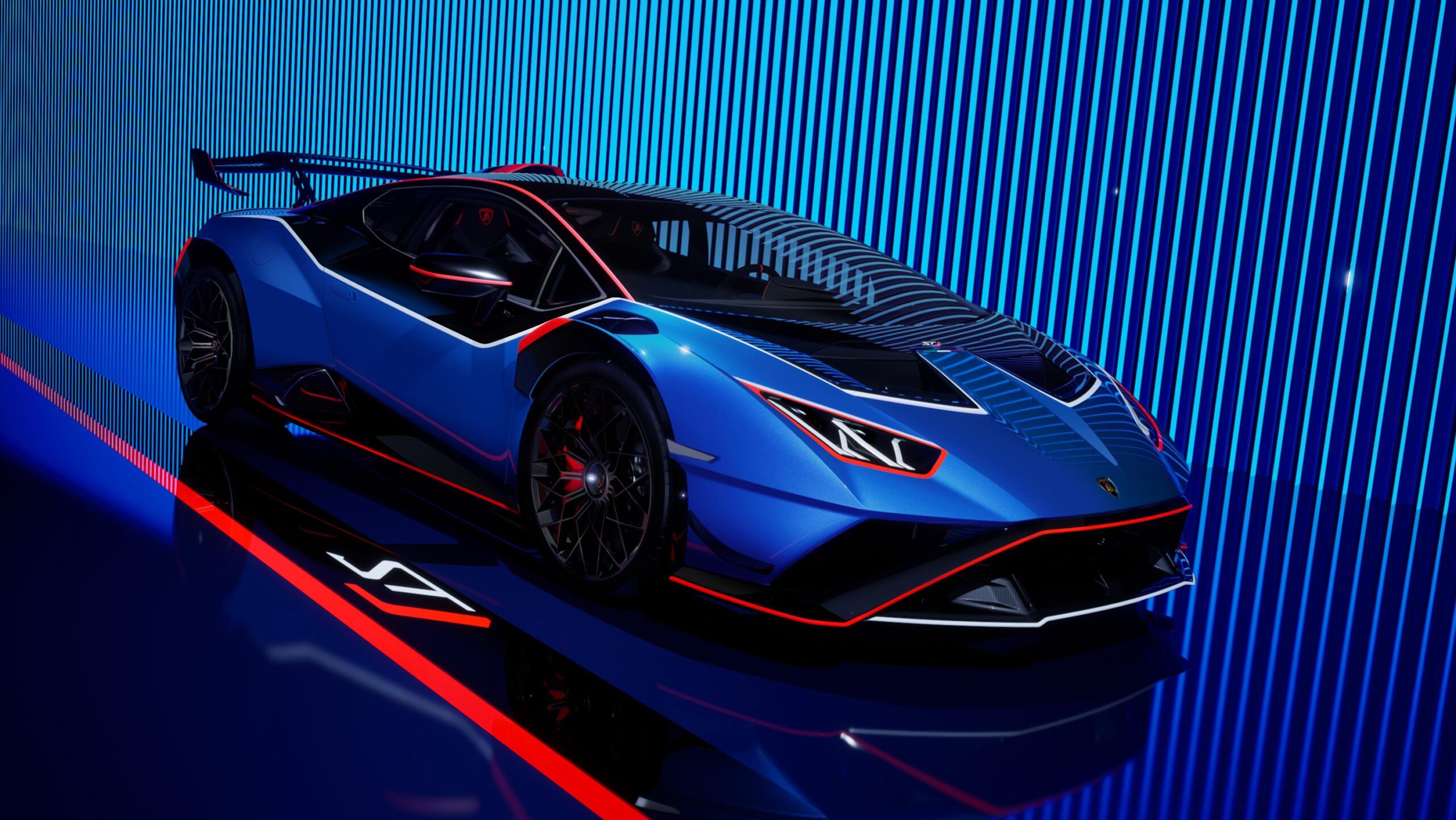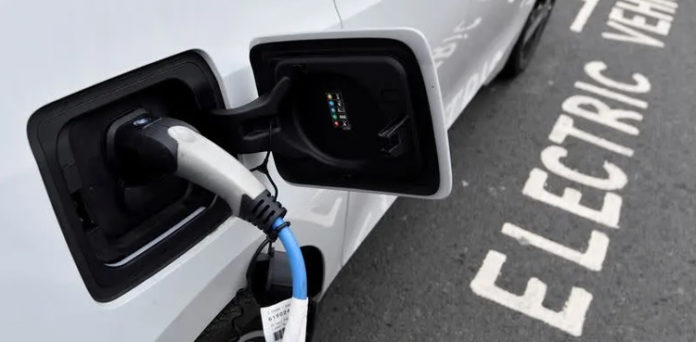For the past few years, Mercedes-Benz has begun its transition towards electrifications, creating the EQ range for a new line of electric vehicles (EVs). While R&D relating to EVs has accelerated in the past 10 years, the carmaker was already exploring electric propulsion 30 years ago.
In May 1990, it exhibited a 190 (W 201) model that had been converted to electric drive in the innovation market section at the Hanover Fair. “In this way, the Mercedes 190, which in terms of length and weight comes closest to the requirements of an electric vehicle, is an ideal battery test vehicle. The main objective is to assess the functional suitability of all the components in realistic situations with all the vibrations, accelerations and temperature fluctuations experienced in everyday operation,” explained the brochure issued at the time.
A mobile laboratory
The company made a fleet of electric 190s which were used to test different drive configurations and battery systems. The energy storage devices tested were mainly sodium-nickel chloride or sodium-sulphur high-energy batteries which had a significantly higher energy density than conventional classic lead-acid batteries. However, the working temperature of both systems was around 300 degrees C. which wasn’t so good.
The following year, Mercedes-Benz displayed a more advanced car at the Geneva Motor Show. This prototype with electric drive had an individual 16 kw/22 hp electric motor to drive each wheel. Total power output was 32 kW/44 hp and the energy came from a sodium-nickel chloride battery. Regenerative braking – a feature in many of today’s EVs and hybrids – returned energy to the power pack during braking actions.
A particular advantage of the concept was the elimination of weight-intensive mechanical components, so the additional weight compared to a production model with a combustion engine was only 200 kgs. It was still a substantial amount of extra weight, largely due to the battery pack.
From 1992 onwards, there was a large-scale field trial which ran for 4 years, funded by the German government. The aim of the exercise was to test EVs and energy systems, including batteries, in everyday practice. A total of 60 passenger cars and vans from several brands were involved.
100,000 kms in 1 year
The pioneering 190s were driven by various participants in the trials and these included taxi drivers who used them in daily life. There were hardly any problems and one of the Mercedes prototypes achieved a peak usage rate of around 100,000 kms in 1 year.
The results provided the engineers with new insights into battery service life, the number of possible discharge and charge cycles, range, energy consumption and reliability. In the following years Mercedes-Benz would apply the electric drive concept to other passenger models.
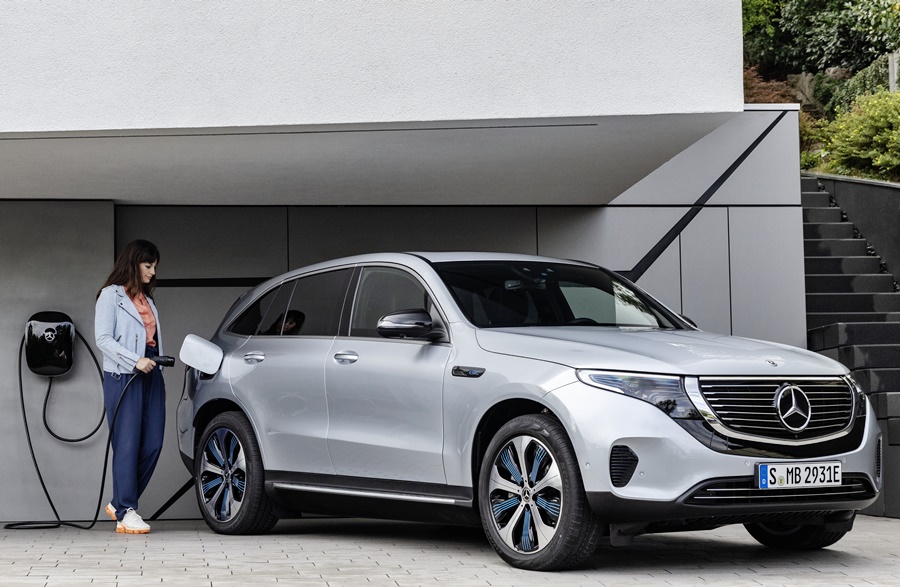
All the knowledge gained by the R&D teams in the 1990s contributed to the comprehensive knowledge pool of vehicle development on which engineers draw in developing today’s vehicles. In fact, some of the engineers who worked on the electric W 201 prototypes are still active in the company’s EV development and are involved in the latest projects.


